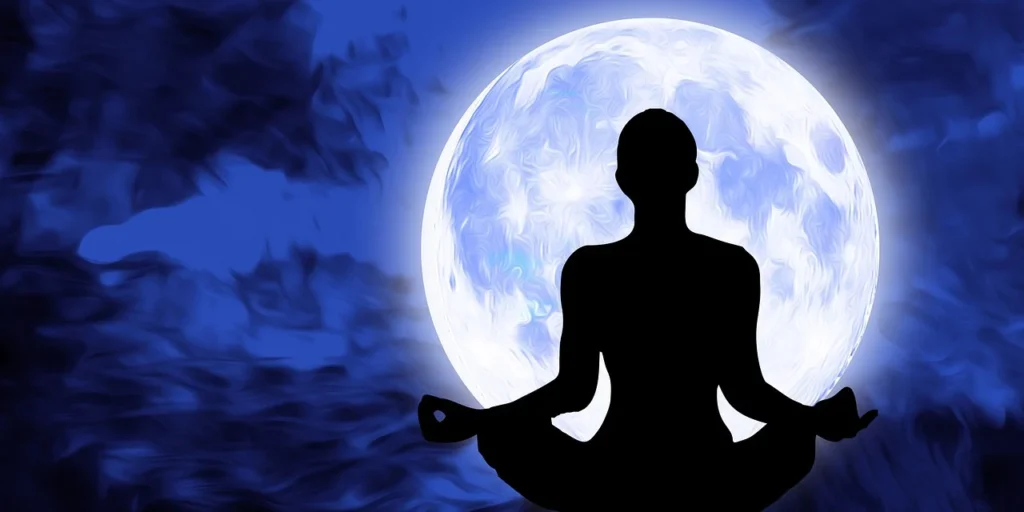Siddhartha Gautama, known as the Buddha, was born in Lumbini, Nepal, around the 6th century BCE. His birth was a momentous occasion, as it marked the beginning of a life that would profoundly impact the course of history and the spiritual beliefs of millions around the world.
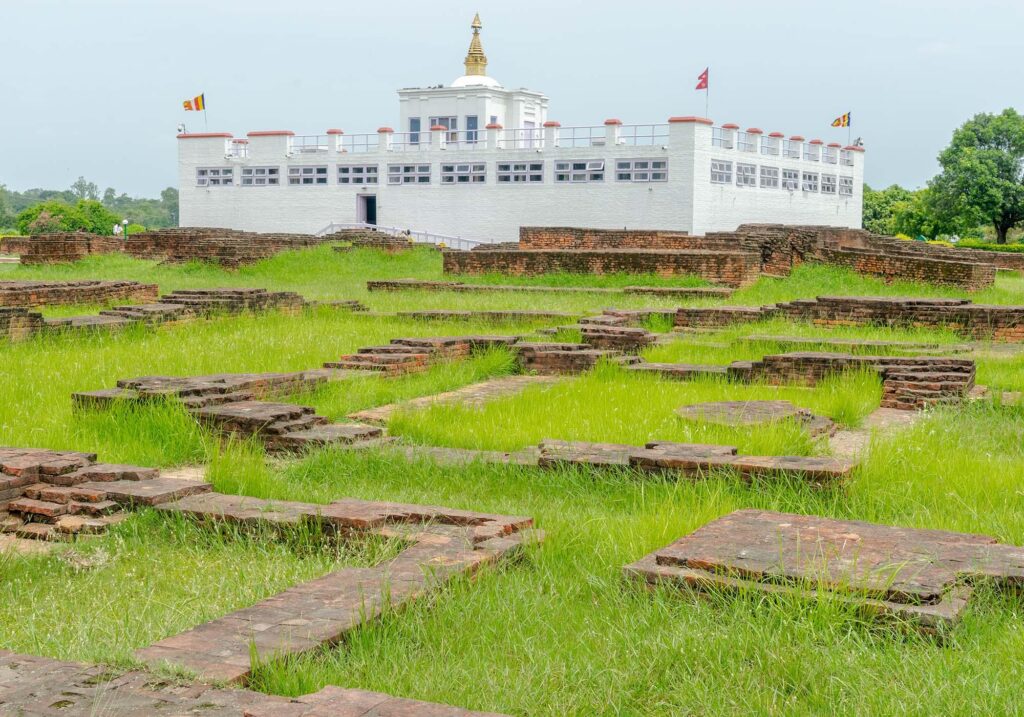
Buddha’s Birthday, also known as Vesak or Buddha Purnima, is one of the most significant festivals in Buddhism, commemorating the birth, enlightenment, and death of Siddhartha Gautama, the founder of Buddhism. The festival is celebrated on different dates according to the various lunar calendars used in different countries, typically falling in April or May, this year it falls on May 15. The celebration varies from country to country, reflecting the diverse cultural expressions and traditions within Buddhism.
Birth and Early Life
According to traditional accounts, Siddhartha’s mother, Queen Maya, dreamt of a white elephant entering her womb before Siddhartha’s birth, which was interpreted as a sign of a great being to come. Siddhartha was born under a sal tree in Lumbini, and according to legend, immediately upon his birth, he took seven steps, and a lotus flower bloomed under each foot. He then proclaimed, “I am chief of the world, Eldest am I in the world, Foremost am I in the world. This is the last birth. There is now no more coming to be.”
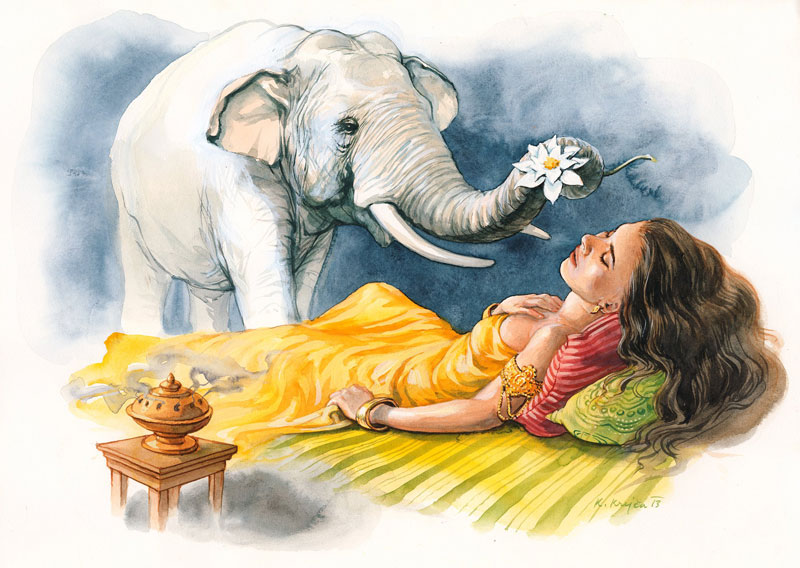
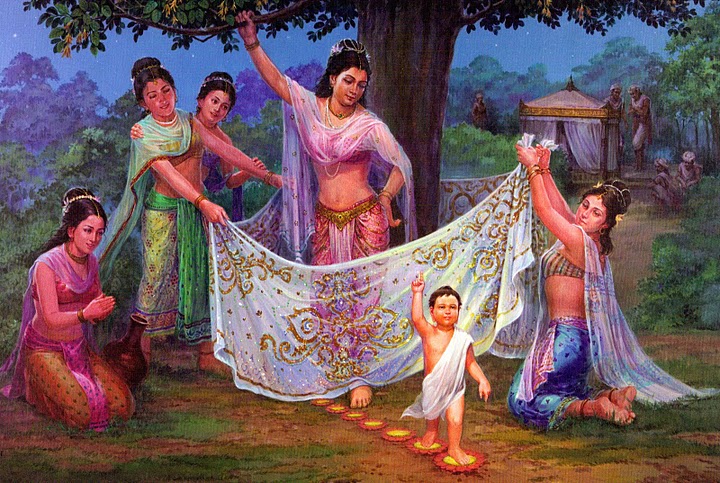
Siddhartha grew up in luxury and was shielded from the harsh realities of life by his father, King Suddhodana. However, at the age of 29, Siddhartha ventured outside the palace and encountered the realities of old age, sickness, and death. These encounters deeply affected him and led him to renounce his princely life in search of a deeper truth.
The Journey To Enlightenment
For six years, Siddhartha wandered the forests of India, seeking spiritual teachers and practicing extreme asceticism. Despite his efforts, he did not find the answers he sought. Finally, he meditated under a bodhi tree in Bodh Gaya until he attained enlightenment.
After 49 days of meditation, Siddhartha achieved enlightenment, becoming the Buddha, which means “the awakened one.” He gained deep insights into the nature of suffering and the path to liberation from suffering, which he later summarized in the Four Noble Truths and the Eightfold Path.
Teaching and Legacy
After attaining enlightenment, the Buddha spent the remaining 45 years of his life teaching and sharing his insights with others. He traveled throughout India, attracting a large following of disciples and ordaining monks and nuns into the Sangha, the monastic community.
The Buddha’s teachings emphasized the importance of understanding the nature of suffering, the impermanence of all things, and the cultivation of wisdom and compassion. His teachings laid the foundation for Buddhism, which has since spread across Asia and beyond, influencing countless individuals and cultures.
How the Birthday is Celebrated in Different Countries?
Tibet
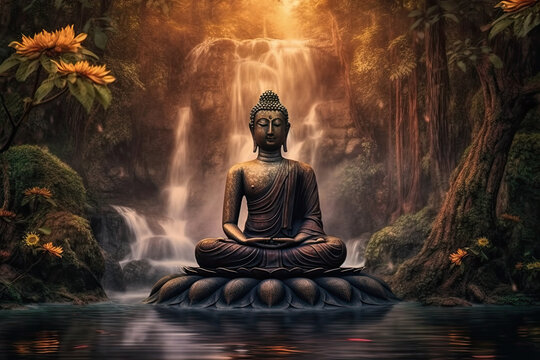
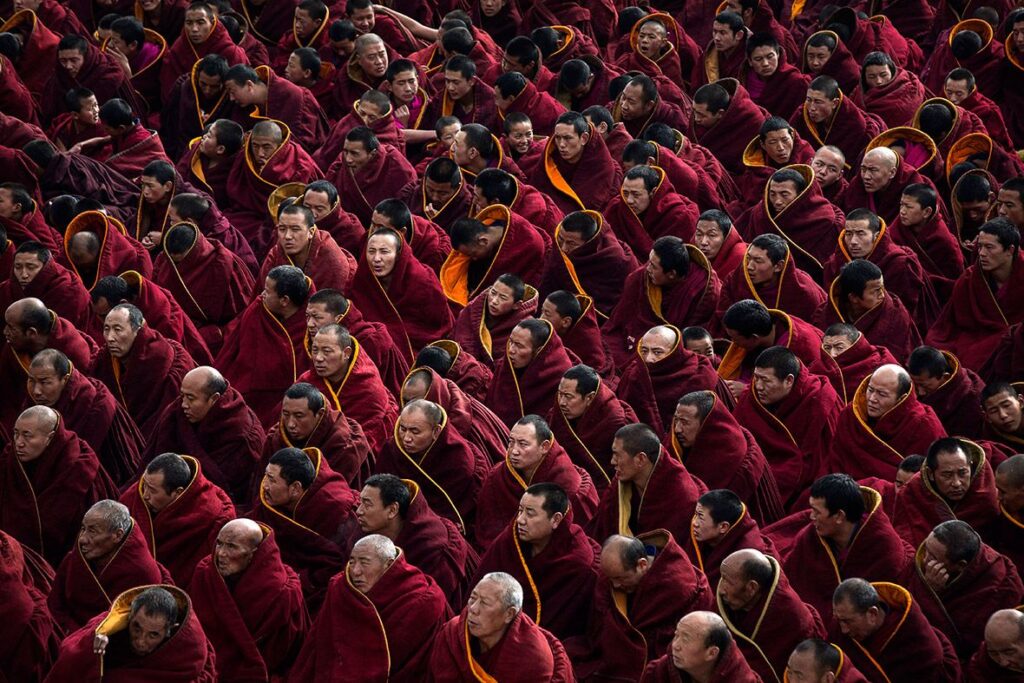
In Tibet, Buddha’s Birthday, known as Saga Dawa, is one of the most important religious festivals. The entire month of Saga Dawa is considered auspicious, as it is believed to be the month when Buddha was born, attained enlightenment, and passed away. During this month, Tibetans engage in various religious activities, such as visiting temples and monasteries, making offerings, and reciting prayers and mantras. One of the most significant traditions is the circumambulation of sacred sites, such as the Jokhang Temple in Lhasa, where pilgrims walk around the temple to accumulate merit and virtues.
India
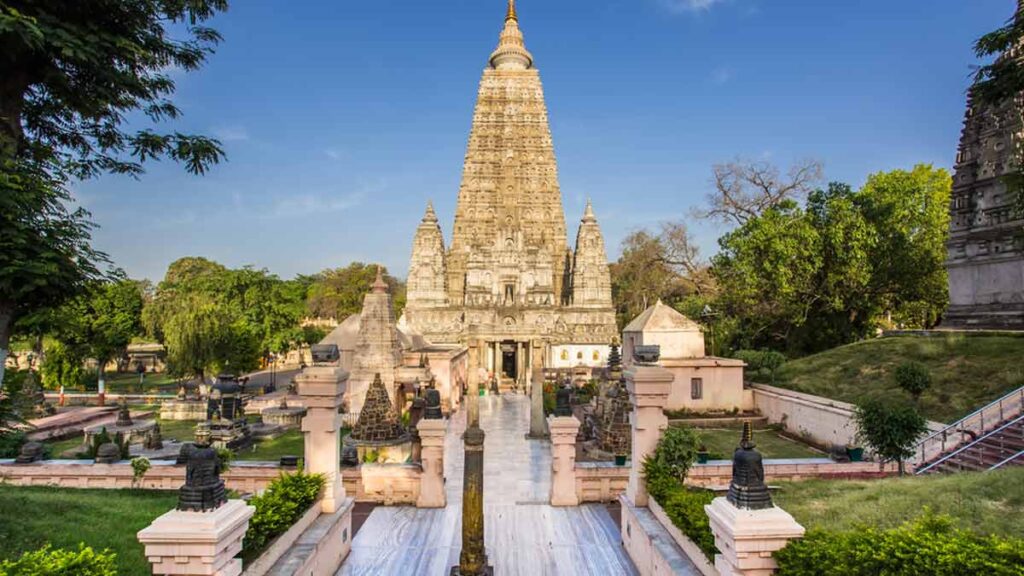
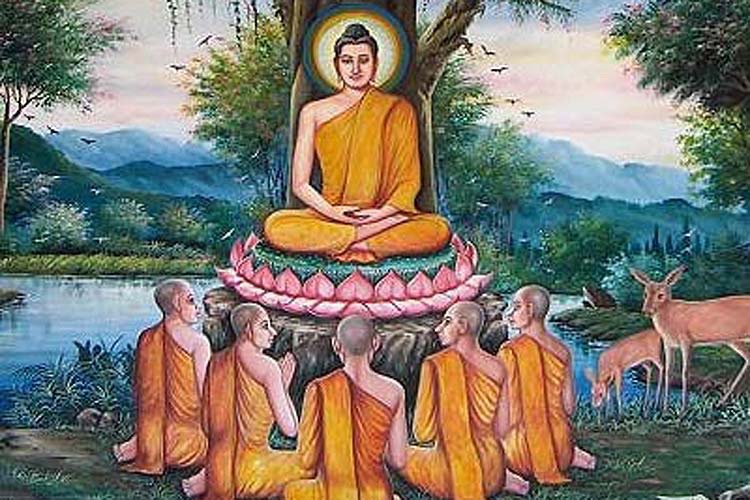
In India, Buddha’s Birthday is celebrated with prayer services and offerings at Buddhist temples and monasteries, especially in places like Bodh Gaya, where Buddha attained enlightenment. People also participate in meditation retreats and listen to teachings on Buddha’s life and teachings. One of the most significant celebrations takes place at Sarnath, where Buddha delivered his first sermon after attaining enlightenment.
Sri Lanka
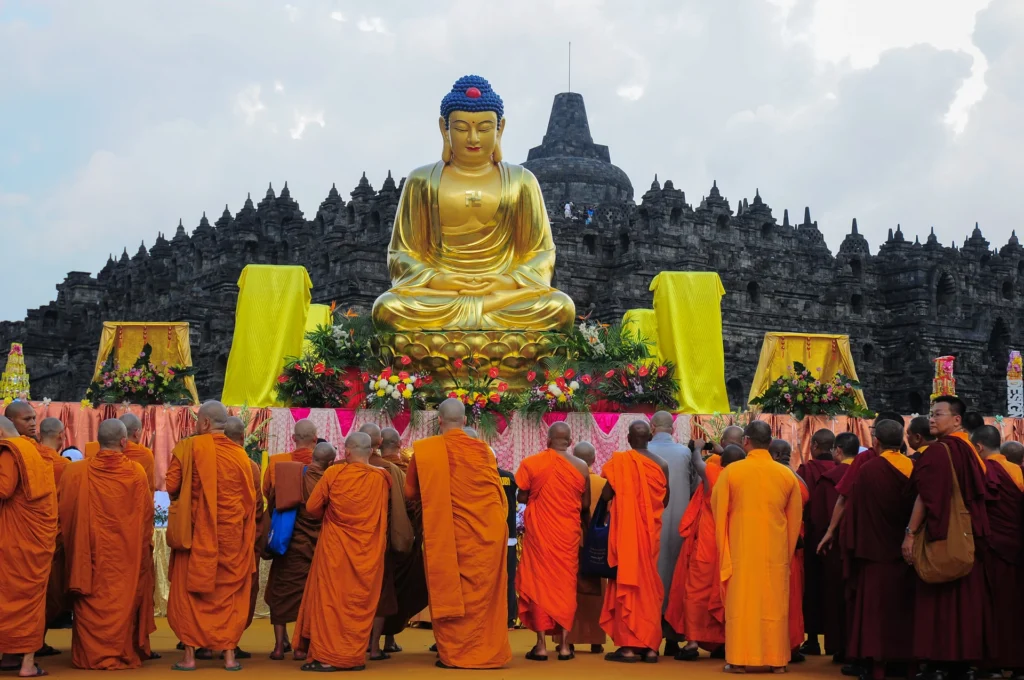

In Sri Lanka, Buddha’s Birthday, known as Vesak, is a grand and colorful affair. The entire country is decorated with lanterns, flags, and intricate pandols (thoran) depicting scenes from the life of Buddha. People engage in various acts of generosity, such as distributing free food and drinks, and setting up stalls offering free medical care and other services. Many Buddhists also visit temples for prayers and to participate in religious ceremonies. One of the most famous traditions is the Pandol (Thorana) decoration contest, where communities compete to create the most elaborate and beautiful displays.
Thailand

In Thailand, Buddha’s Birthday is celebrated as Visakha Bucha Day. The celebrations often begin with early morning alms-giving to monks, followed by visits to temples for prayers and offerings. In the evening, Buddhists participate in candlelit processions, walking clockwise around the main temple hall, three times, to honor the Triple Gem (Buddha, Dharma, Sangha). Temples are adorned with colorful decorations, and there are often public talks on Buddhism and meditation.
Japan
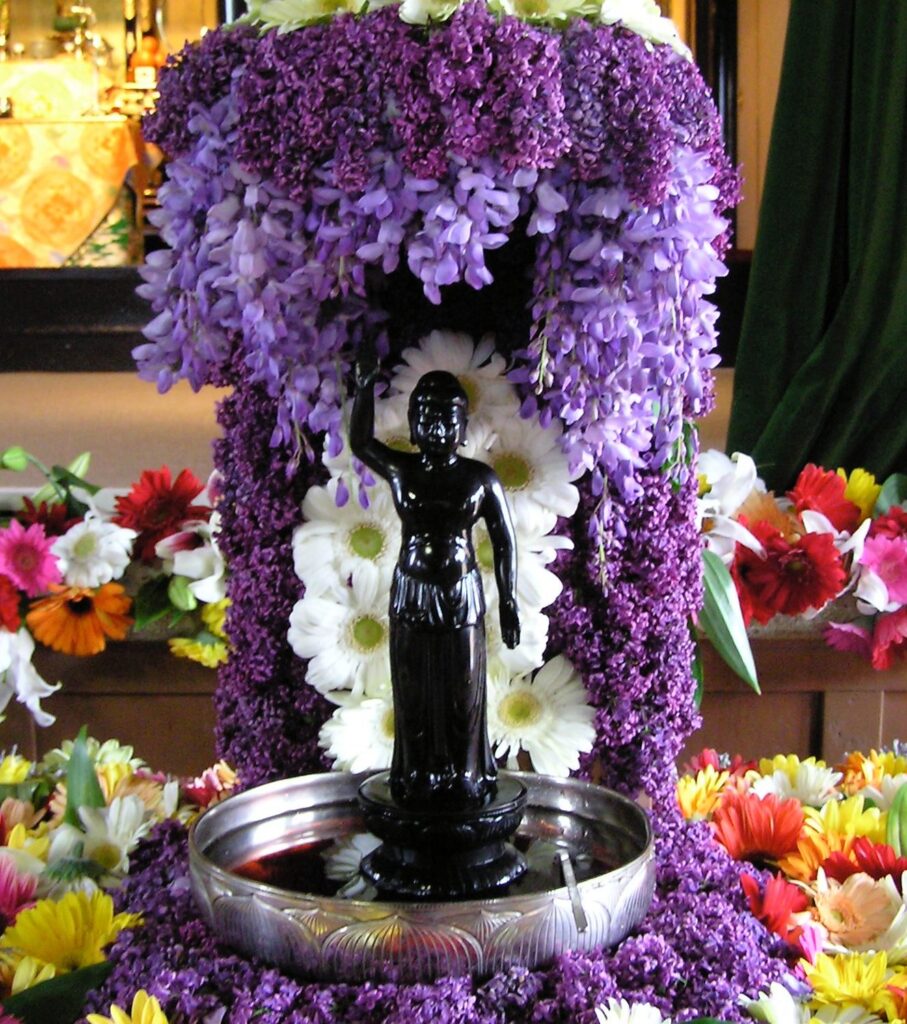
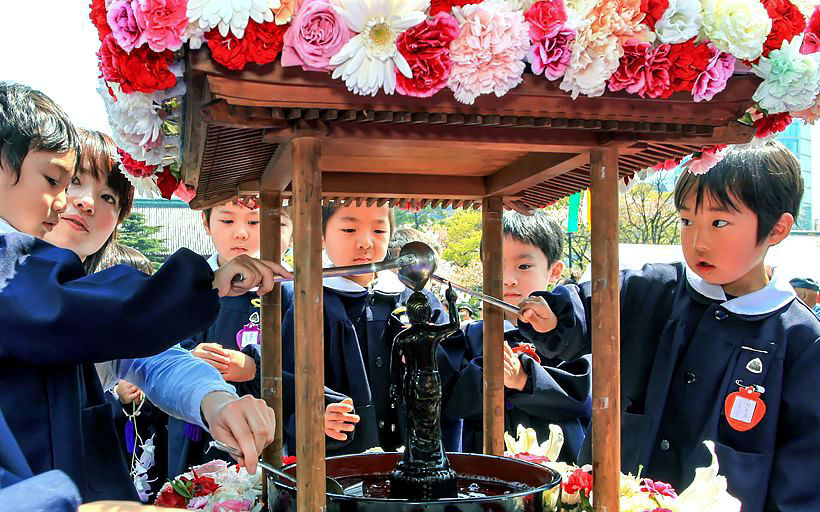
In Japan, Buddha’s Birthday is called Hanamatsuri, or the Flower Festival. The festival is celebrated with the pouring of sweet tea over a small statue of the baby Buddha, symbolizing the gentle rain that fell when Buddha was born. Temples are decorated with flowers, and special services are held to honor Buddha’s teachings. One of the most famous traditions is the display of a small statue of Buddha as a baby surrounded by flowers, which is bathed in sweet tea by worshippers.
Bhutan
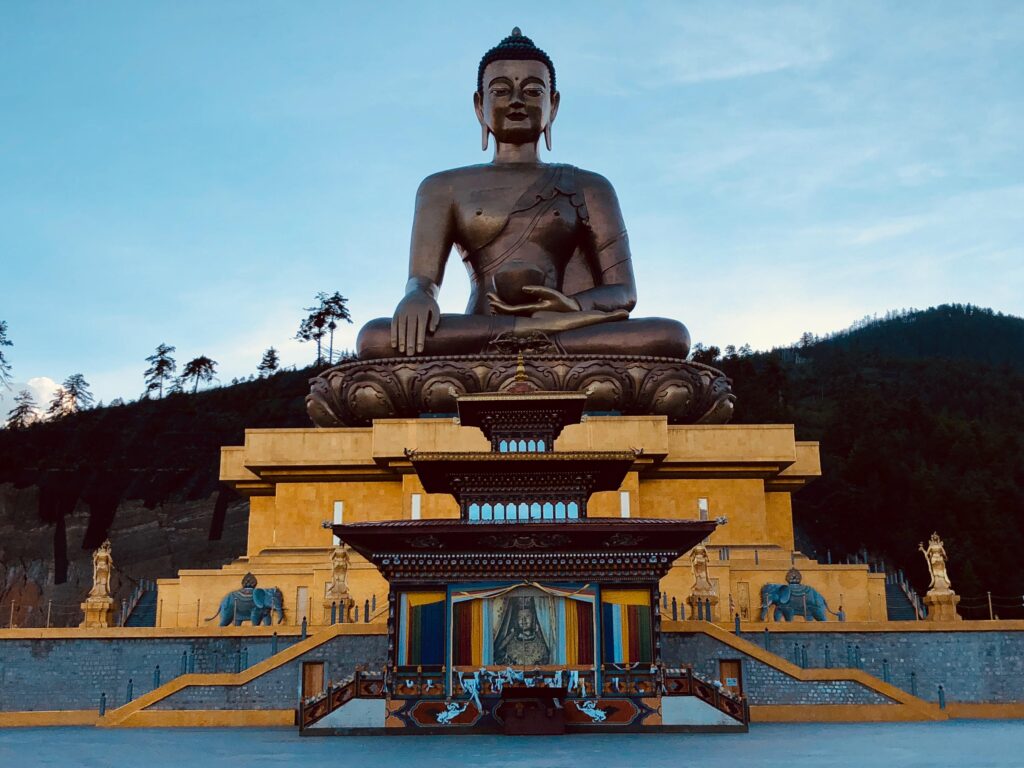
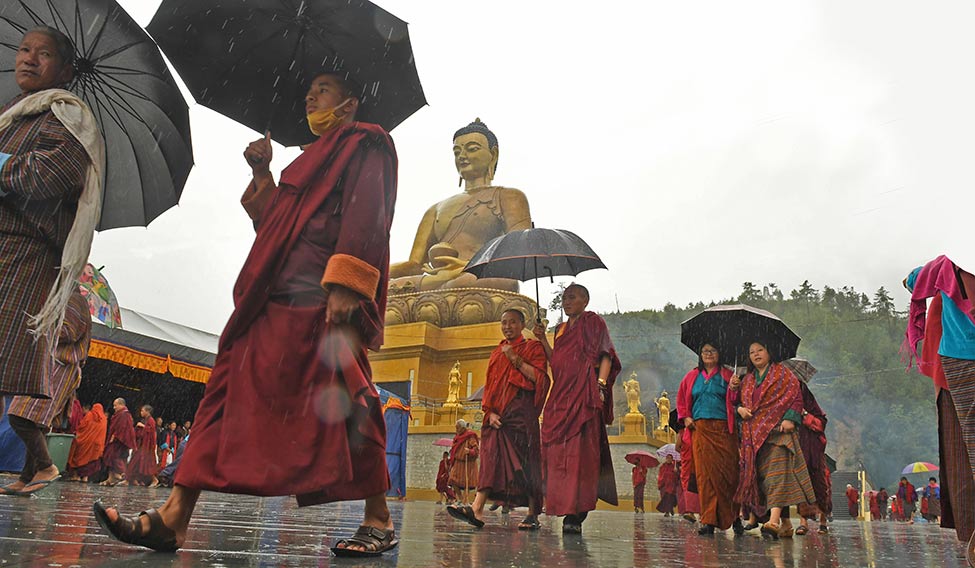
In Bhutan, Buddha’s Birthday is celebrated with great reverence and devotion. It is also known as Saga Dawa, one of the most important religious festivals. The day is a national holiday, and people visit temples, monasteries and recite prayers, mantras. People also engage in acts of generosity, such as giving alms to the poor and offering food to monks.
South Korea
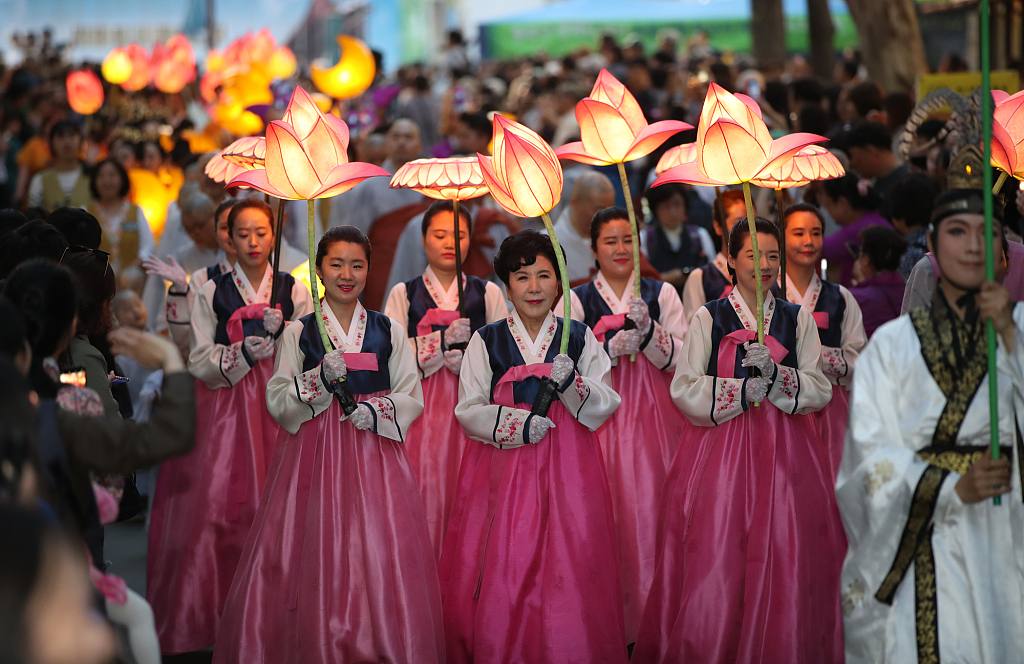
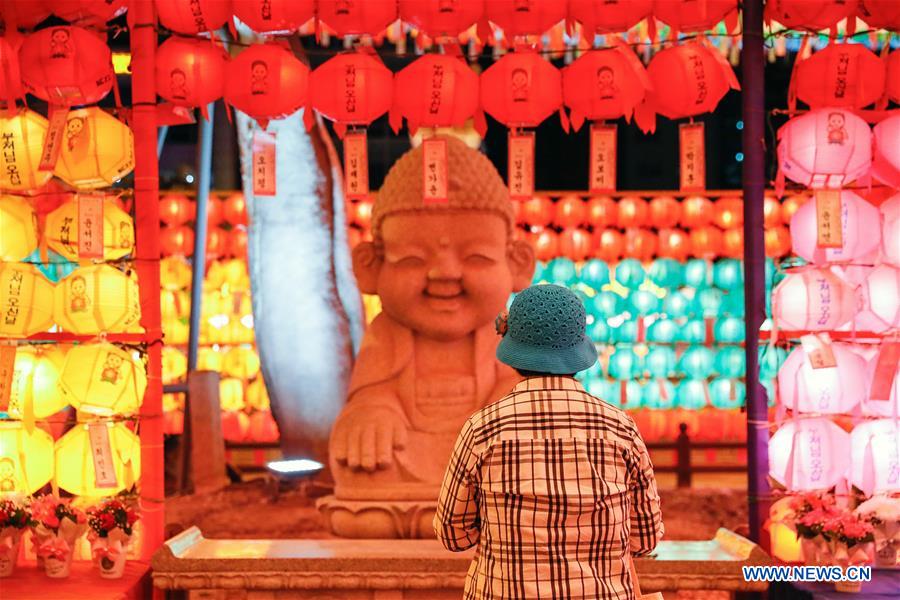
In South Korea, Buddha’s Birthday is known as Seokga Tansinil or the Day of the Buddha’s Birth. The celebrations include elaborate lantern displays, with temples and streets illuminated by colorful lanterns in various shapes and sizes. One of the highlights is the Lotus Lantern Parade, where thousands of people carrying lanterns walk through the streets to celebrate Buddha’s teachings of compassion and enlightenment.
Nepal
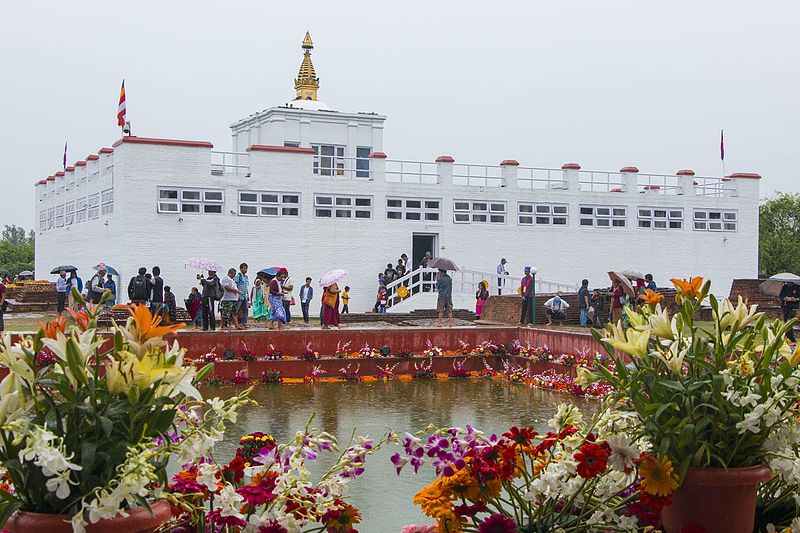
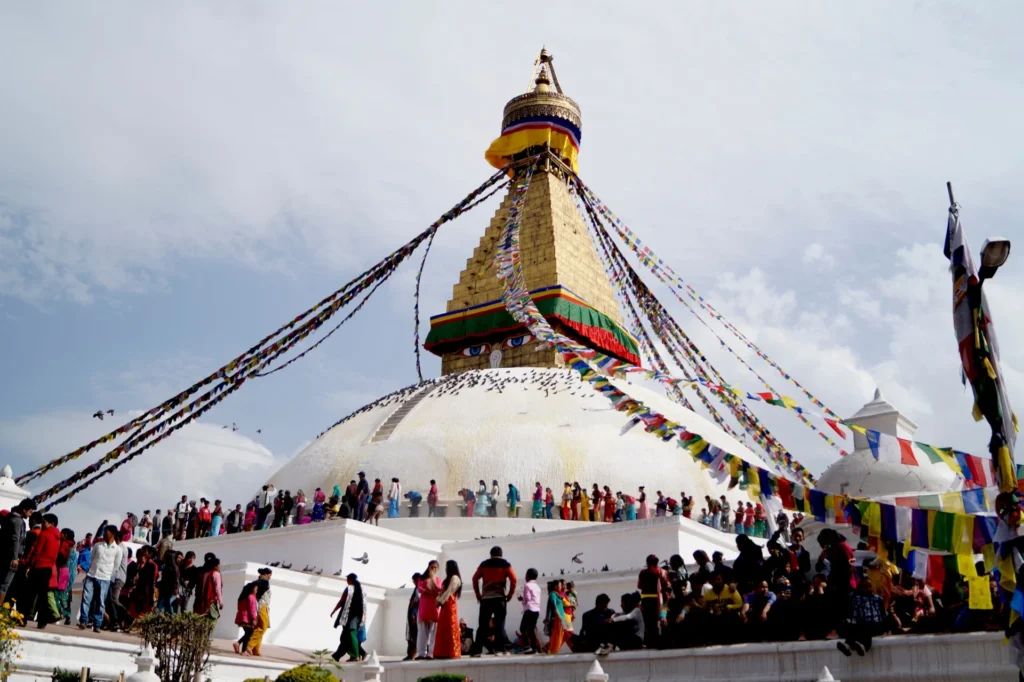
In Nepal, Buddha’s Birthday is celebrated with great reverence, especially in Lumbini, the birthplace of Buddha. People visit temples and stupas, such as the Swayambhunath Stupa and the Boudhanath Stupa, to offer prayers and light butter lamps. The monasteries and stupas are decorated with colorful prayer flags and flowers, creating a vibrant and festive atmosphere.
China
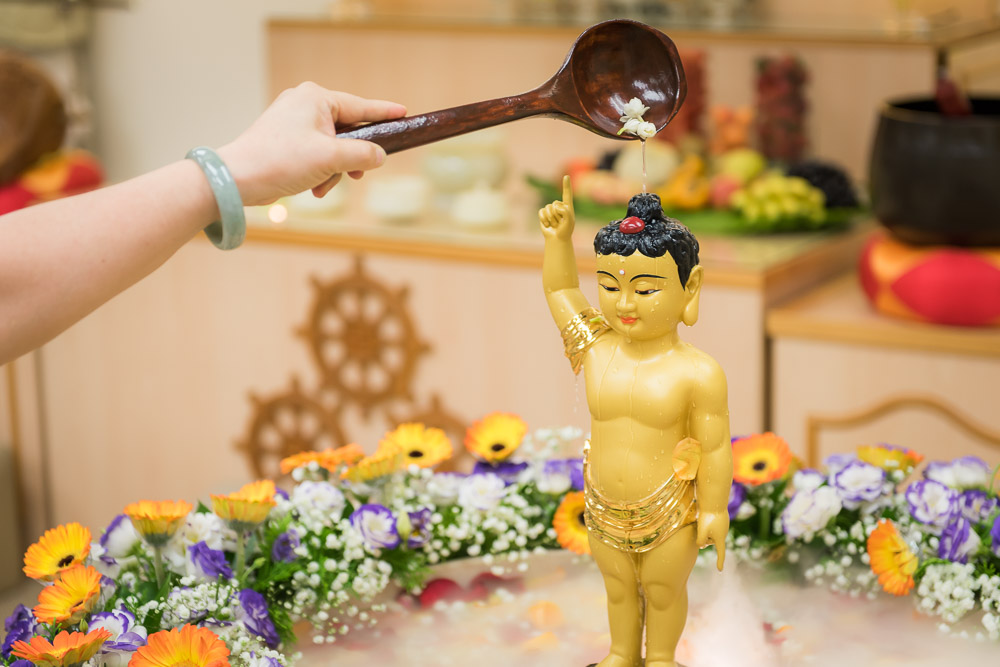

In China, Buddha’s Birthday is known as Fo Dan or the Buddha Bathing Festival. The festival is celebrated with the bathing of Buddha statues, symbolizing purification and the washing away of sins. People also offer flowers, incense, and candles at temples, and there are often performances of traditional Buddhist music and dance.
Conclusion
Buddha’s Birthday is a festival that transcends borders, bringing together Buddhists from different cultures and backgrounds to celebrate the life and teachings of the Buddha. While the specific customs and traditions may vary, the essence of the celebration remains the same – to reflect on the teachings of compassion, wisdom, and peace that Buddha imparted to the world.
FAQ
Why is Buddha Purnima celebrated?
Buddha Purnima is celebrated to commemorate the birth, enlightenment, and death (parinirvana) of Siddhartha Gautama, the Buddha. It is a day to reflect on his teachings of compassion, wisdom, and peace.
How is Buddha Day celebrated?
Buddha Day, also known as Vesak or Buddha Purnima, is celebrated in various ways depending on the country and tradition. Common practices include visiting temples, offering prayers and flowers to Buddha statues, meditating, and engaging in acts of generosity and kindness. In some countries, there are also processions, lantern displays, and special ceremonies to commemorate the life and teachings of the Buddha.
How old is Buddhism?
Buddhism is over 2,500 years old. It was founded by Siddhartha Gautama, known as the Buddha. The exact dates of his birth, enlightenment, and death are not precisely known, but they are estimated to have occurred between the 6th and 4th centuries BCE.
FOLLOW US ON


